Colorado is facing its most severe drought conditions since July 2021, with a portion of the state entering the highest stage of dryness measured by the U.S. Drought Monitor. At this level, widespread dust storms, insect infestations, fish kills, and major economic losses in agriculture and recreation are likely.
According to the August 21 report, about 70% of Colorado is experiencing abnormal dryness or worse, while roughly 54% is officially in drought. Although these numbers are significant, a closer look at the state map shows an even starker reality for certain regions.
Most of the Western Slope is currently in “extreme drought” or worse, with 7% of the state now classified under “exceptional drought,” the most severe tier. Garfield County is among the hardest hit, with 94% of the county under this highest drought level. Nearly the entire northwest quadrant of Colorado is facing conditions at the third drought tier or above.
While many Front Range residents have seen frequent summer rainstorms and might assume it has been a “wet year,” the western regions of the state have had a dramatically different experience, facing ongoing dryness and worsening impacts.
The last time Colorado experienced this level of “exceptional drought” was in October 2020, and the state didn’t fully recover until November 2021. Experts warn that once drought conditions escalate to these severe stages, they can persist for months or even years, causing lasting environmental and economic damage.
Officials say the situation will need close monitoring in the coming months, as conditions could worsen without significant and sustained rainfall.
This article has been carefully fact-checked by our editorial team to ensure accuracy and eliminate any misleading information. We are committed to maintaining the highest standards of integrity in our content.

Katie is a senior who has been on staff for three years. Her favorite type of stories to write is reviews and features. Katie’s favorite ice cream flavor is strawberry.

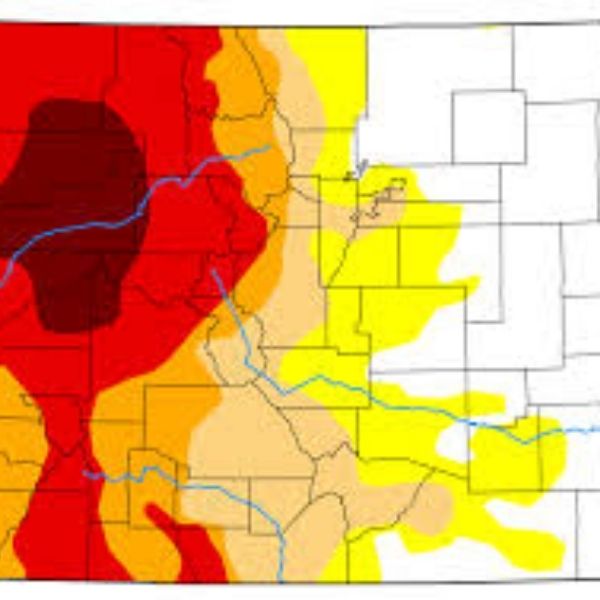
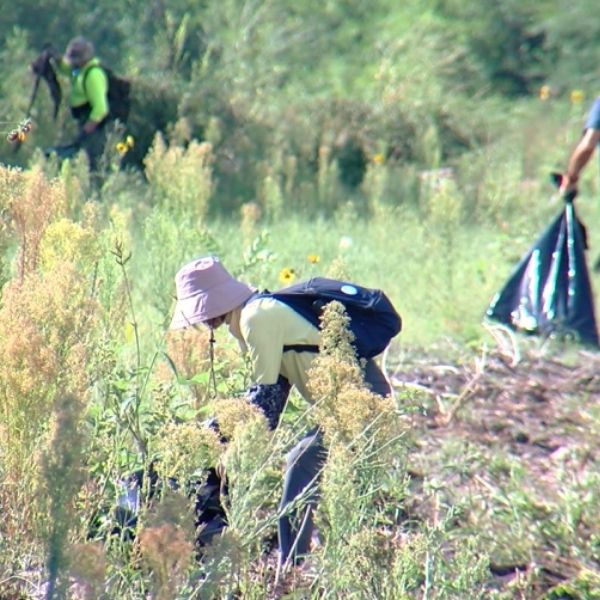

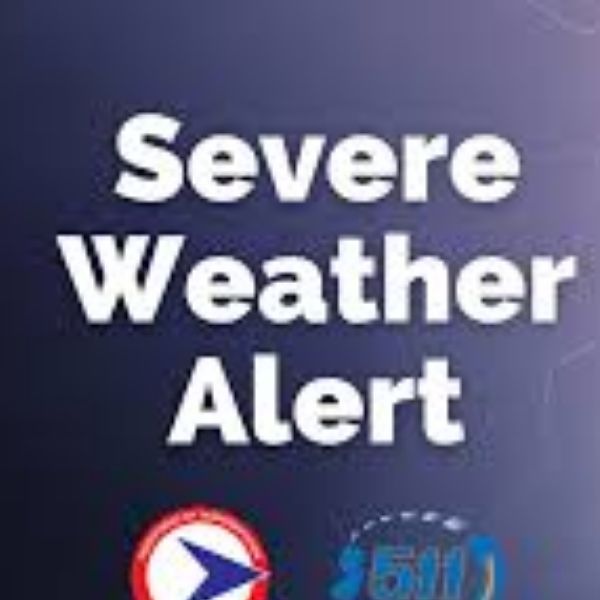

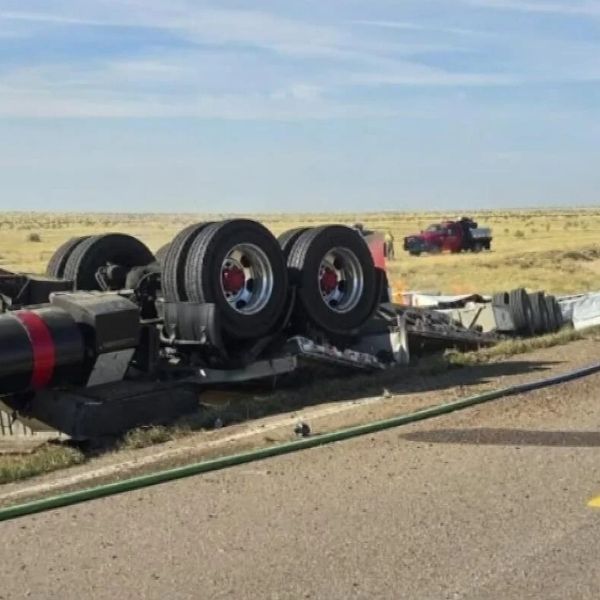
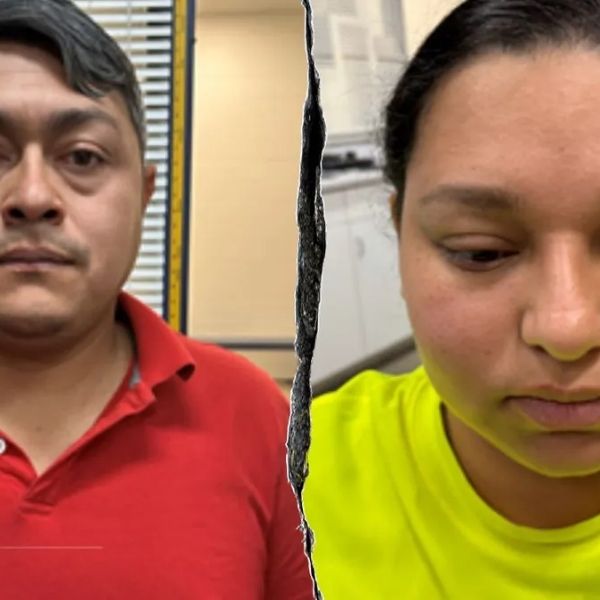
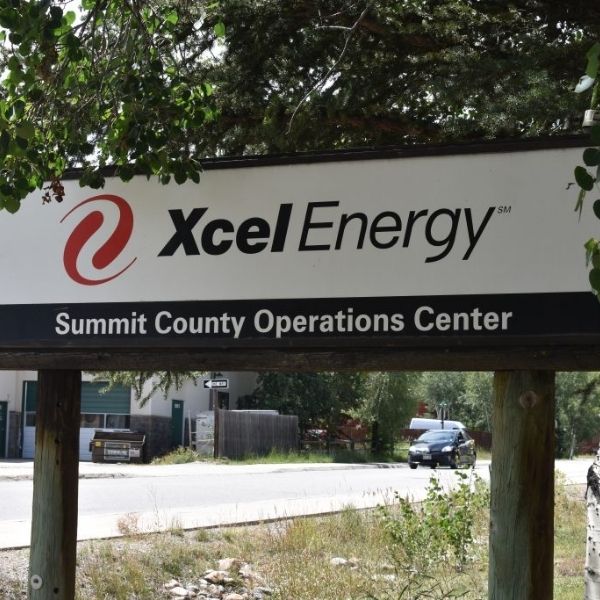
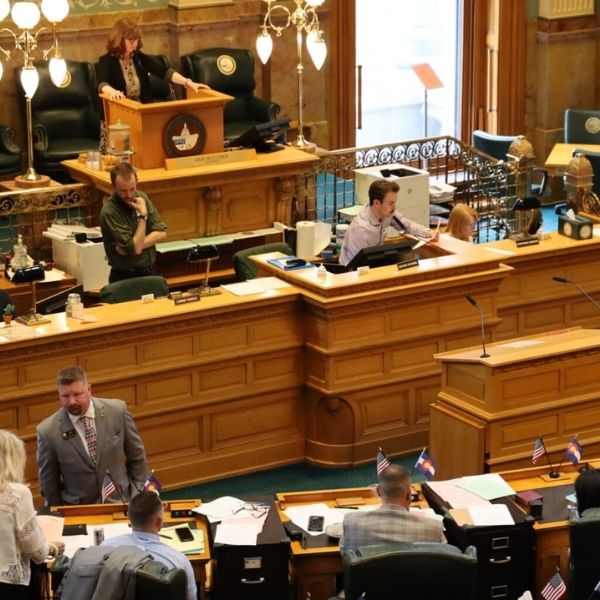

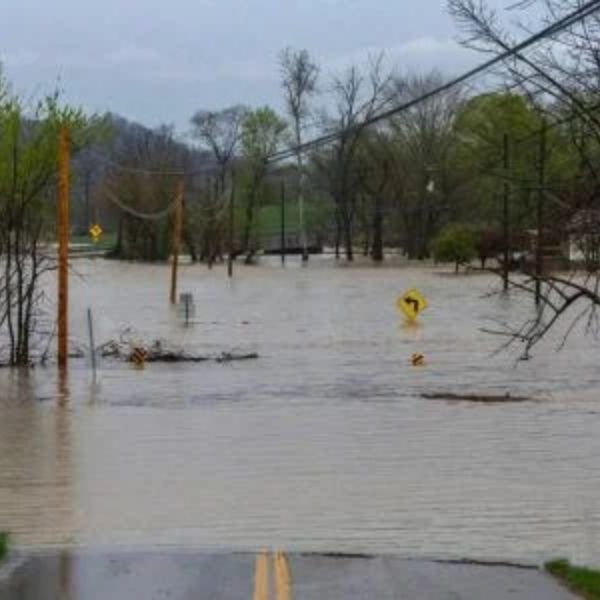



Leave a Reply